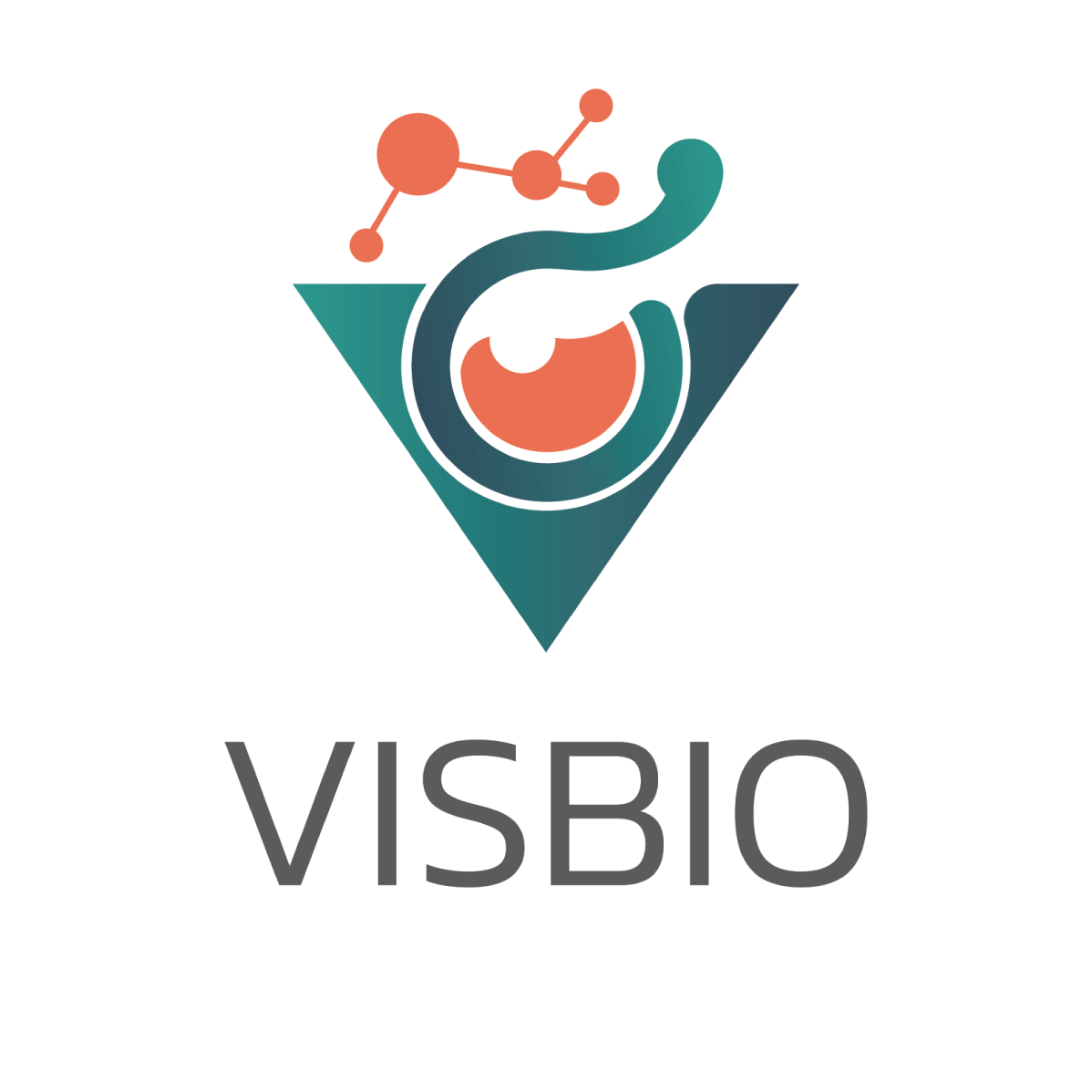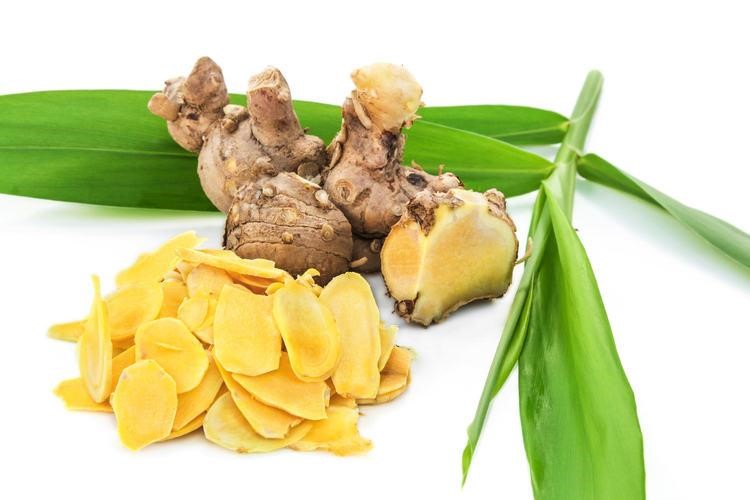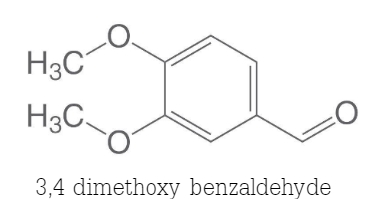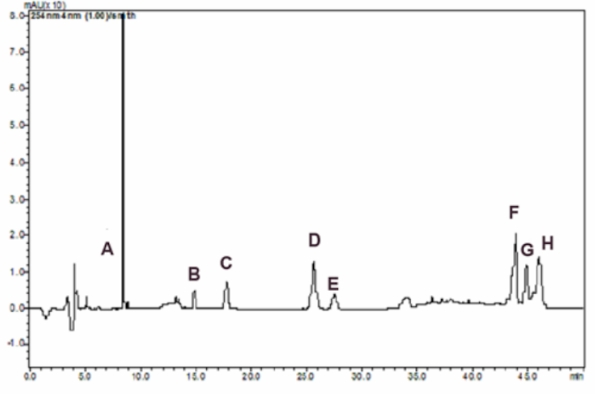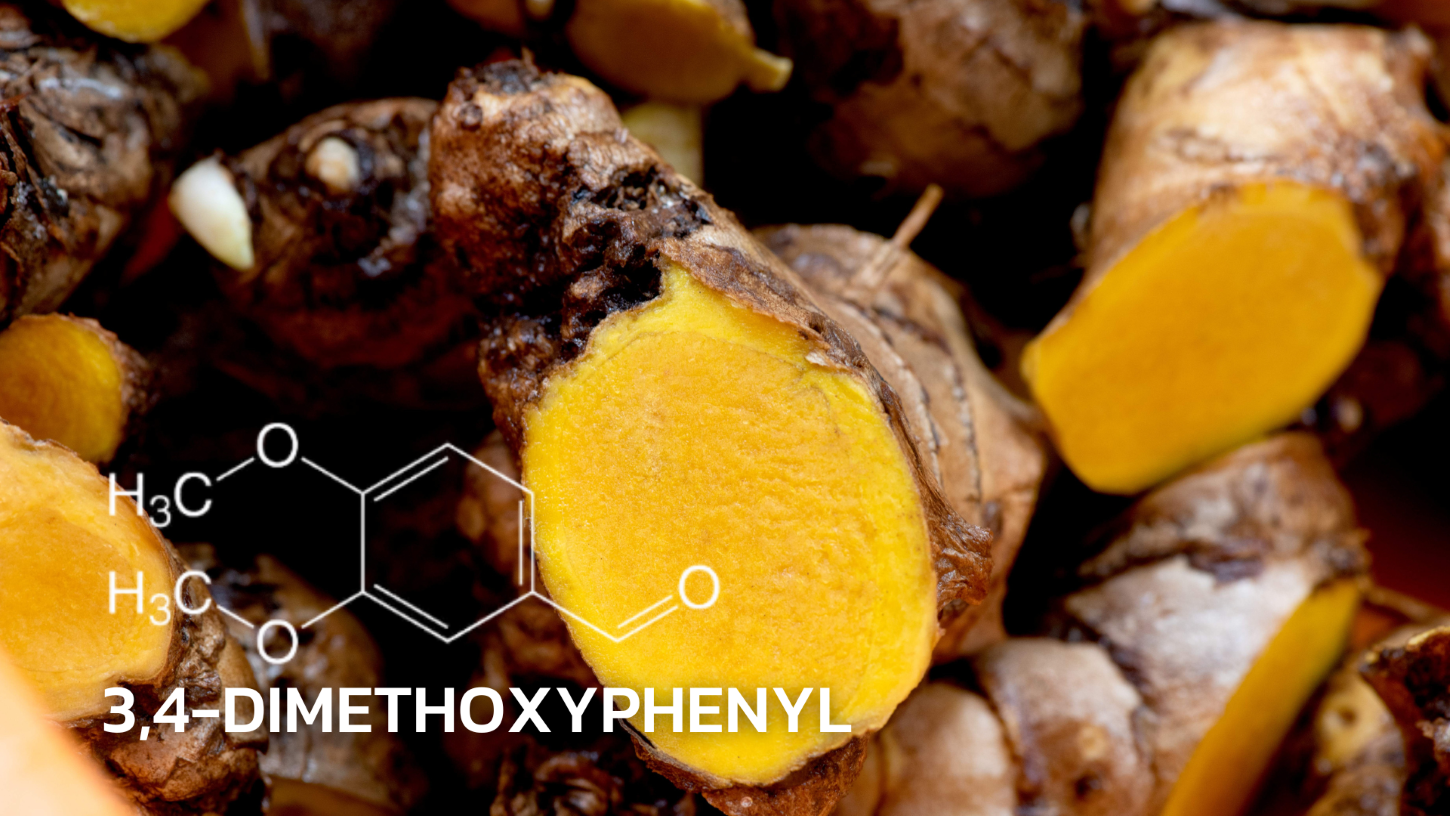
Service information for analyzing the quantity of curcuminoids in Phlai using HPLC (High-Performance Liquid Chromatography)
VISBIO offers services for the examination and analysis of biomarkers, specifically curcuminoids, in all health and beauty industry products. Turmeric and ginger are similar in appearance due to their yellow color. However, upon closer inspection, the core of turmeric exhibits a deep orange-yellow hue, while Phlai has a light yellow-greenish color. Turmeric also has smaller rhizomes compared to Phlai.
The chemical components of turmeric include essential oils such as terpinen-4-ol, sabinene, caryophyllene, yellow pigments like curcumin, cassumunarins A, B, C, and various phynilbutanoids like (E)-1-(3,4dimethoxyphenyl) butadiene (DMPBD). Therefore, turmeric extracts possess beauty and medical benefits similar to Phlai but differ in their abilities to reduce swelling and gastrointestinal issues. Currently, there is significant research being conducted on the important compounds in turmeric to develop diverse products, including creams for reducing inflammation and treating acne, as well as skincare and body scrub products, due to their properties in promoting clear skin and reducing irritation.
Phlai
Phlai originates from Asia, in the regions of India, Indonesia, Malaysia, and Thailand. It is widely grown in provinces like Kanchanaburi, Suphanburi, Prachinburi, and Sa Kaeo.
The Phlai plant is a sprawling herb with a height of approximately 0.7-1.5 meters. It has an underground stem, and its bark is yellowish-brown. The inner flesh ranges from yellow to yellowish-green. The plant forms shoots or side stems, with leaves overlapping each other. The fresh pineapple has juicy and succulent flesh with a sweet, tangy, and distinctive aroma. The ripe and dried Phlai has a slightly spicy taste. It can be propagated through seeds, suckers, or stems, but generally, the stem part is used for cultivation.
In Thai traditional medicine, Phlai is beneficial for various health conditions. It helps in promoting good blood circulation, relieving menstrual cramps, reducing swelling, expelling gas in the intestines, repelling insects, alleviating stomachache, healing wounds, treating hemorrhoids, normalizing menstrual cycles, relieving indigestion, constipation, and skin diseases, as well as soothing backaches.
The chemical components of Phlai Essensial Oil
Phlai essensial Oil contains important constituents such as terpinen-4-ol, sabinene, caryophyllene, cineol, alphapinene, beta-pinene, myrcene, terpinene, limonene, p-cymene, terpinolene, eugenol, farneraol, alflabene, and 3,4-dimethoxy benzaldehyde.
Yellow pigment curcumin, cassumunarins A, B, C, various types of phenylbutanoid compounds, such as (E)-1(3,4-dimethoxyphenyl) butadiene (DMPBD) with anti-inflammatory properties, and other substances including 4(4-hydroxy-1-butenyl)-veratrole, naphthoquinone derivative, vanillin, vanillic acid, veratric acid, and β-sitosterol.
How do turmeric and Phlai differ?
Some people confuse turmeric and Phlai because they both appear yellow in color. However, if you look inside after cutting them, you will notice a distinct difference. Turmeric has a deep yellow-orange color inside, while Phlai has a light yellow-green hue. Another external characteristic is that turmeric has smaller heads compared to Phlai.
Phlai, skin-nourishing properties.
Although Phlai is mostly known for its use in treating abnormalities related to muscles or the digestive system, it also has benefits for skincare. When using Phlai as a herbal bath, it can help nourish the skin. This is because ไพล contains essential compounds known as curcuminoids, similar to those found in turmeric. These compounds possess properties that promote skin nourishment, skin whitening, protect the skin from free radicals, and reduce inflammation.
Developing Products from Herbal Extracts of Phlai for Health and Beauty
The extract from Phlai has both beauty and medical properties similar to turmeric, but it differs in terms of reducing swelling and digestive system issues. However, from a beauty perspective, it has been traditionally used for showering and applying on the skin to prepare for auspicious occasions or ceremonies, giving the skin a radiant appearance. Nowadays, there is increased research and innovation in studying the essential elements of Phlai, along with technology that allows these herbal extracts to be incorporated into a wide range of products. These include creams that help reduce inflammation or treat acne-prone skin, as well as skincare products that promote skin radiance and reduce irritation.
Sample report of the results of Phlai extract using HPLC technique
From the chromatogram, it shows the peaks of the phlaiextract. Peak A corresponds to (E)-4-(3,4dimethoxyphenyl)but-3-en-1-ol. Peak B, D, and E could not be identified. Peak C corresponds to curcumin. Peak F corresponds to cis-3-(3,4-dimethoxyphenyl)-4-[(E)-2,4,5-trimethoxystyryl]cyclohex-1-ene. Peak G corresponds to cis-3-(2,4,5-trimethoxyphenyl)-4-[(E)-2,4,5-trimethoxystyryl]cyclohex-1-ene. Peak H corresponds to cis-3-(3,4dimethoxyphenyl)-4-[(E)-3,4-dimethoxystyryl]cyclohex-1-ene.
Literature:
- NATCHA PONGWIRAT. “DEVELOPMENT OF FILM SPRAY CONTAINING PLAI EXTRACT” Thesis Submitted in Partial Fulfillment of the Requirements for the Degree of MASTER OF SCIENCE (Pharmaceutical Product Development) Faculty of Pharmacy, Srinakharinwirot University 2020
- “ไพล สรรพคุณและประโยชน์ของไพล” มหาวิทยาลัยราชภัฏสวนสุนันทา วิทยาเขตสมุทรสงคราม https://skm.ssru.ac.th/news/view/a637
- ต้นร่างอ้างอิงสมุนไพรไทย:ไพล.คณะอนุกรรมการจัดทำต้นร่างอ้างอิงยาสมุนไพร ในคณะกรรมการคุ้มครองและส่งเสริมภูมิปัญญาการแพทย์แผนไทย.วารสารการแพทย์แผนไทยและการแพทย์การเลือก.ปีที่10ฉบับที่1มกราคม-เมษายน 2555.
- “ไพล” ฐานข้อมูลเครื่องยาคณะเภสัชศาสตร์มหาวิทยาลัยอุบลราชธานี http://www.thaicrudedrug.com/main.php?action=viewpage&pid=96
- “ไพล” กรมวิทยาศาสตร์การแพทย์ กระทรวงสาธารณสุข. 2546. ประมวลผลงานวิจัยด้านพิษวิทยา ของสถาบันวิจัยสมุนไพร เล่ม 1.โรงพิมพ์การศาสนา:กรุงเทพมหานคร.
- นางรัตนศิริ จิวานนท์ “เครื่องสำอางรักษาสิวจากไพล” ฝ่ายเภสัชและผลิตภัณฑ์ธรรมชาติ สถาบันวิจัยวิทยาศาสตร์และเทคโนโลยีแห่งประเทศไทย (วว.) http://oldweb.most.go.th/main/index.php/summary-technology/health-technology-medicine-and-pharmacy/1290-2010-02-03-04-32-28.html
